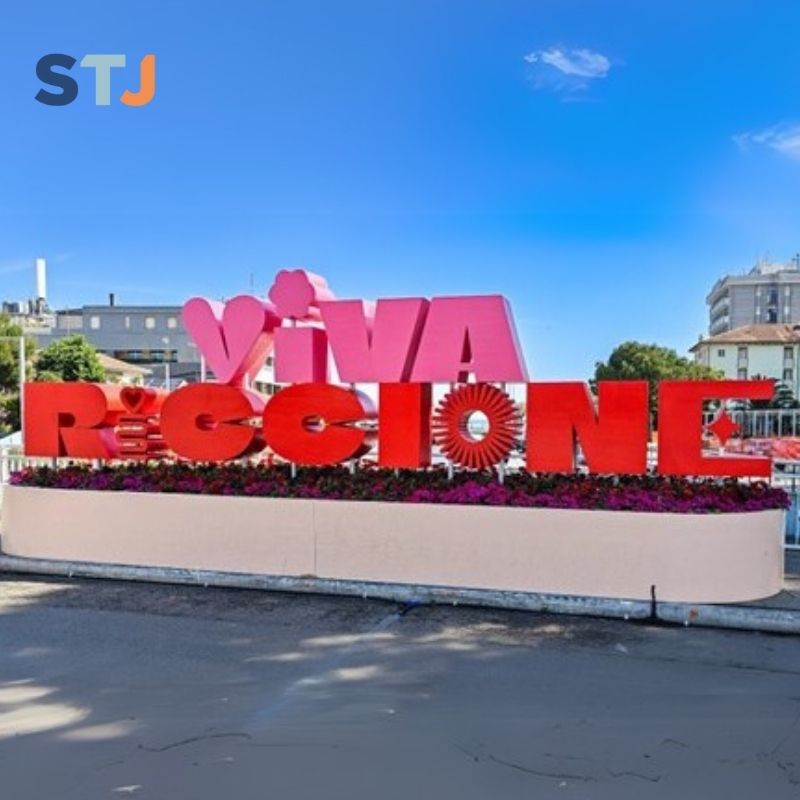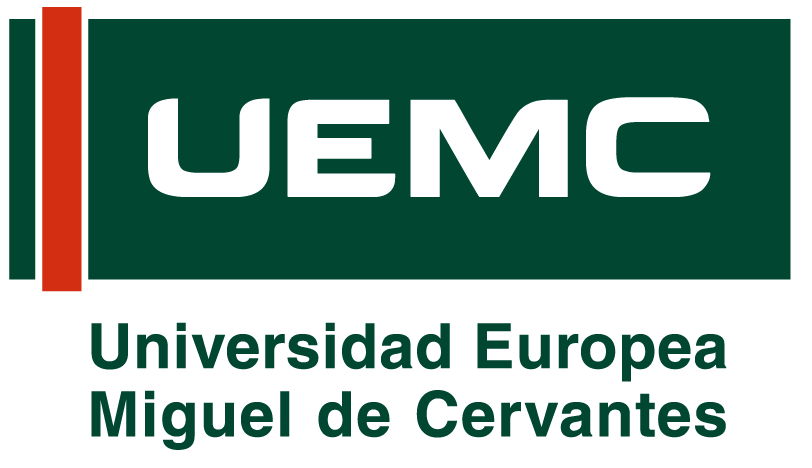By Federica Acclavio.
In the last few years, Destination Management Companies and Destination Management Organisations – commonly known in local tourism parlance as DMC and DMO – have sprung up worldwide to represent (DMO) and promote (DMC) countries, regions and cities internationally.

Before establishing public and private organisations, ordinary travellers and tourists relied on local tourist offices for information when visiting new places. Today, these offices play an essential role in the destinations we see and the communities where we live. They assist tourists during their stay by providing information, answering questions, and addressing any concerns.
What can you find inside a tourist office? Maps of the city, brochures on events, activity programmes, and information material on what to see and do in the surrounding area. But Are those still the services they offer today, or have they evolved along with the technologies of the present?
The function of IAT in Emilia-Romagna
IAT stands for Tourist Information and Reception Office. It provides free assistance to foreign-language tourists through information and promotional material relating to their territory and the region. They support hotel and non-hotel accommodation, host events and exhibitions, and provide information on transport services and public utilities; they are the first point of reception and assistance in the event of a complaint or a tourist accommodation dispute. While the IAT-R carry out, in addition to the core activity of IATs, the direct booking of tourist services and overnight stays for the reference territory.
To summarise, the IAT—almost 60 scattered throughout the region- are reference points for travellers and citizens eager to explore the countless wonders of Riccione and Emilia-Romagna. However, during my visit to the office, I found nothing innovative or digital, and unfortunately, paper is still very much in print.
A step back in history
I bring you the case of the city where I have lived for the past twenty-five years. Riccione is a small town where almost everyone knows each other and where news travels easily. Famous for being ‘Italy’s’ seaside town and thermal station, it overlooks the Adriatic Sea along the coast of the Emilia-Romagna region.
The origin of Riccione’s name (in local pronunciation Arciùn) derives from the Greek ‘archeion’, the name of a plant, the Lappa, which still grows wild in the now rare areas of beach not occupied by bathing establishments and which abounded in the deserted Riccione coastline.
In 1922, when Benito Mussolini chose Riccione as a seaside resort for himself and his family, he took on the task and responsibility of reclaiming—I would like to point out that the entire coastal area was marshland—and redeveloping all the areas of the city: very luxurious villas, thermal baths, and even the first seaside colonies for children were built.
Riccione after World War II
After the bombing and subsequent damage, Riccione experienced a tourism boom, attracting Italians for summer vacations and spa treatments. Guesthouses, hotels, and bathing establishments with lifeguards, known as “Bagnino,” were established. The 1980s and 1990s marked Riccione’s emergence as an international entertainment hub, particularly famous for its lively disco scene.
But in today’s scenario, how does Riccione present itself? How is it positioned in the market? What services does it offer its tourists? Is it a city that takes sustainable actions? How does it promote itself nationally and internationally? What are their intervention and redevelopment programmes for the city? How can local office services be adapted to the digital age?
The Riccione landscape today
From the point of view of a citizen, Riccione has continued to passively ‘enjoy’ the successes of the past for several years; anchored to what made it famous, it has had difficulty keeping up with the times: to give you the idea, it has not adopted the chameleon technique. Today, Riccione continues positioning itself as a seaside resort famous for its hospitality and renovated bathing establishments with rich, tourist-friendly services. If before, young people were welcome and every hour of the day was good for partying, now there is a preference for the calm and tranquillity of families; there are also numerous sporting events organised in the new sports centre, from swimming competitions to judo, karate, and basketball, with the aim of deseasonalising.
With the same objective, the city is positioned as a congress and business hub where meetings and congresses are hosted yearly with many participants. Another strong point is cycling, even if the municipality should implement various road upgrading solutions. However, thanks to the complex and constant work of the hoteliers who provide their cyclists with targeted services, Germans, Swiss, Austrians, British, Canadians and Americans love to cycle along winding hill roads with coastal views.
I wanted to ask various questions to my city’s local tourist office and the DMC promoting Riccione, but neither has agreed to an interview. However, I won’t give up. I will continue to seek answers. First, it’s my right as a citizen, and second, as a travel journalist, I can provide a concrete, truthful, and authentic perspective on today’s destinations.
What is Riccione’s future? At the moment, I do not know. I may be luckier the second time around.
This article is part of the practical work carried out by the students of the Master’s in Travel Journalism.

